Mallee Pellitory,
Mallee Smooth-nettle
Display all 12 images
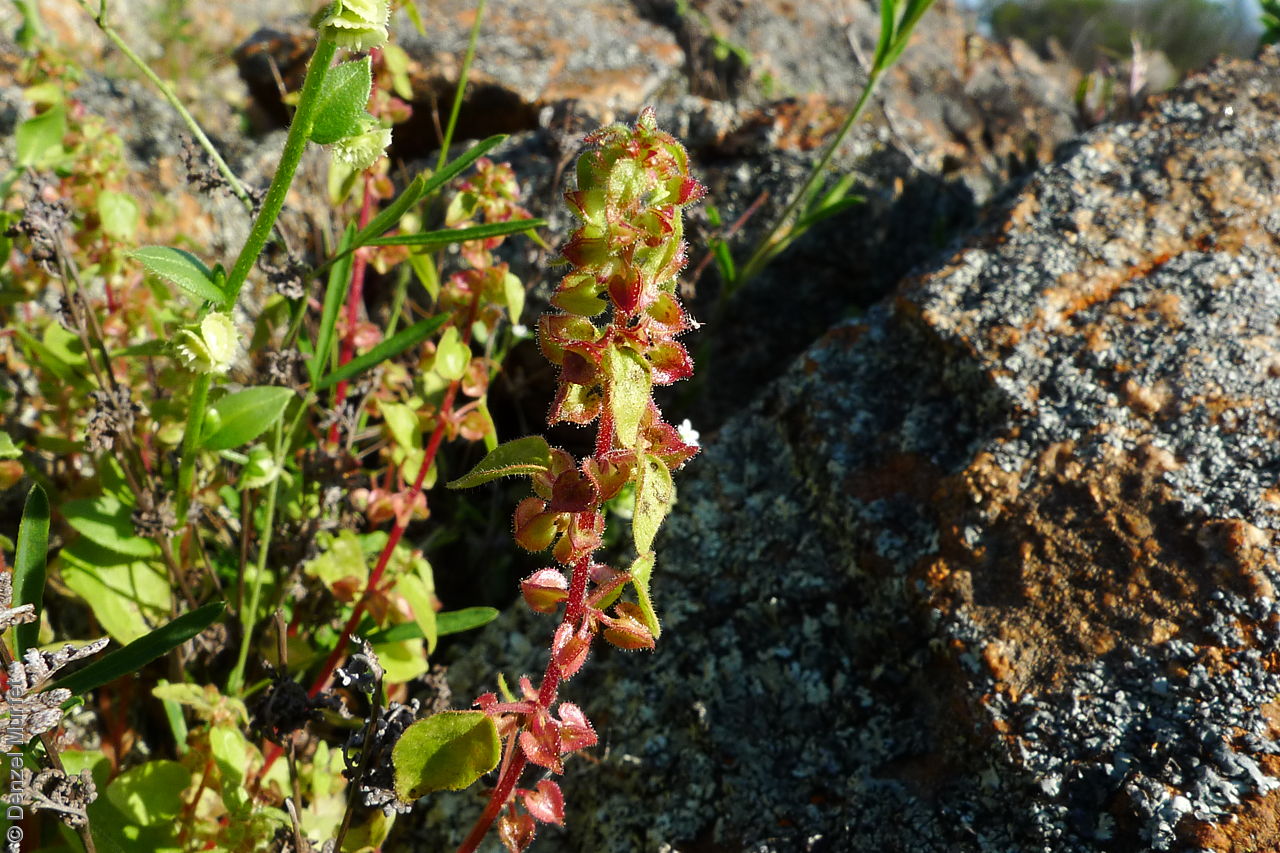
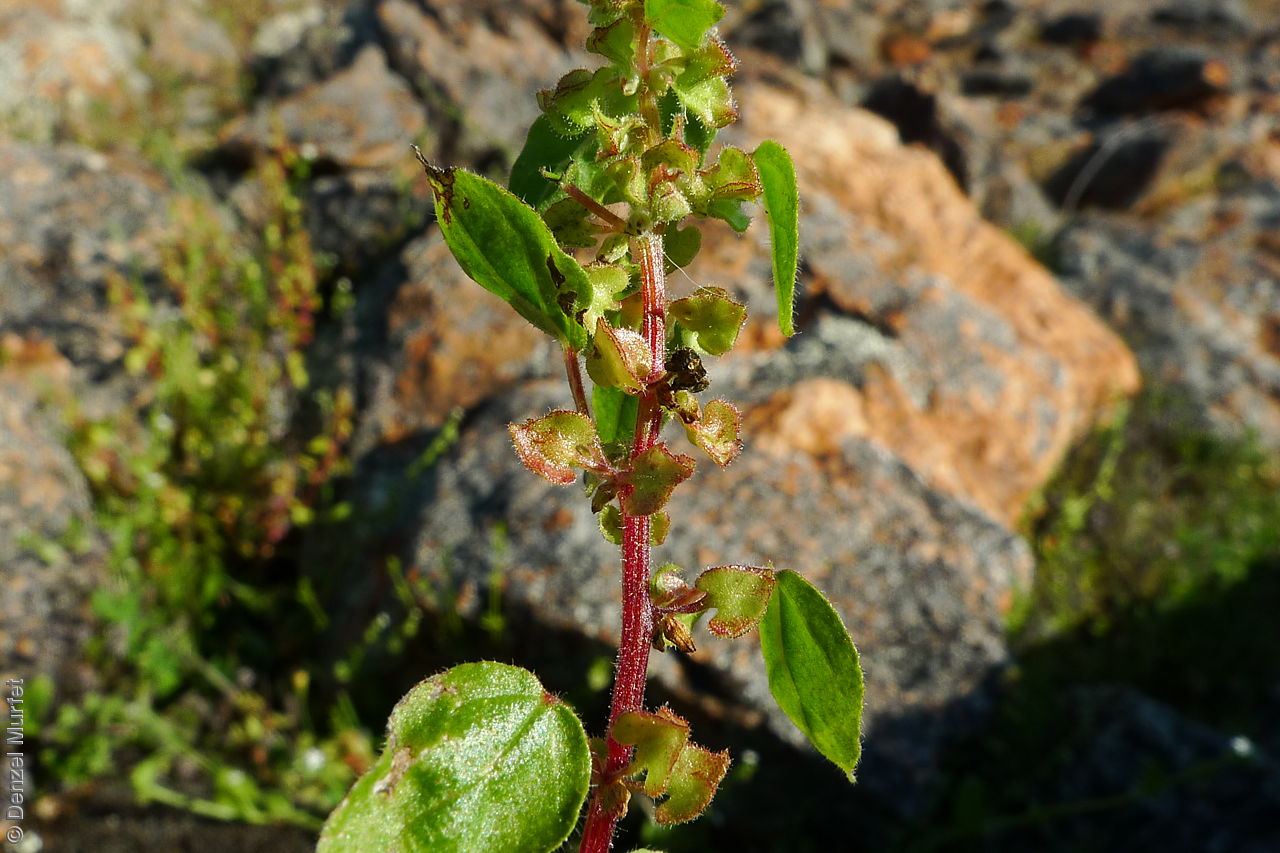
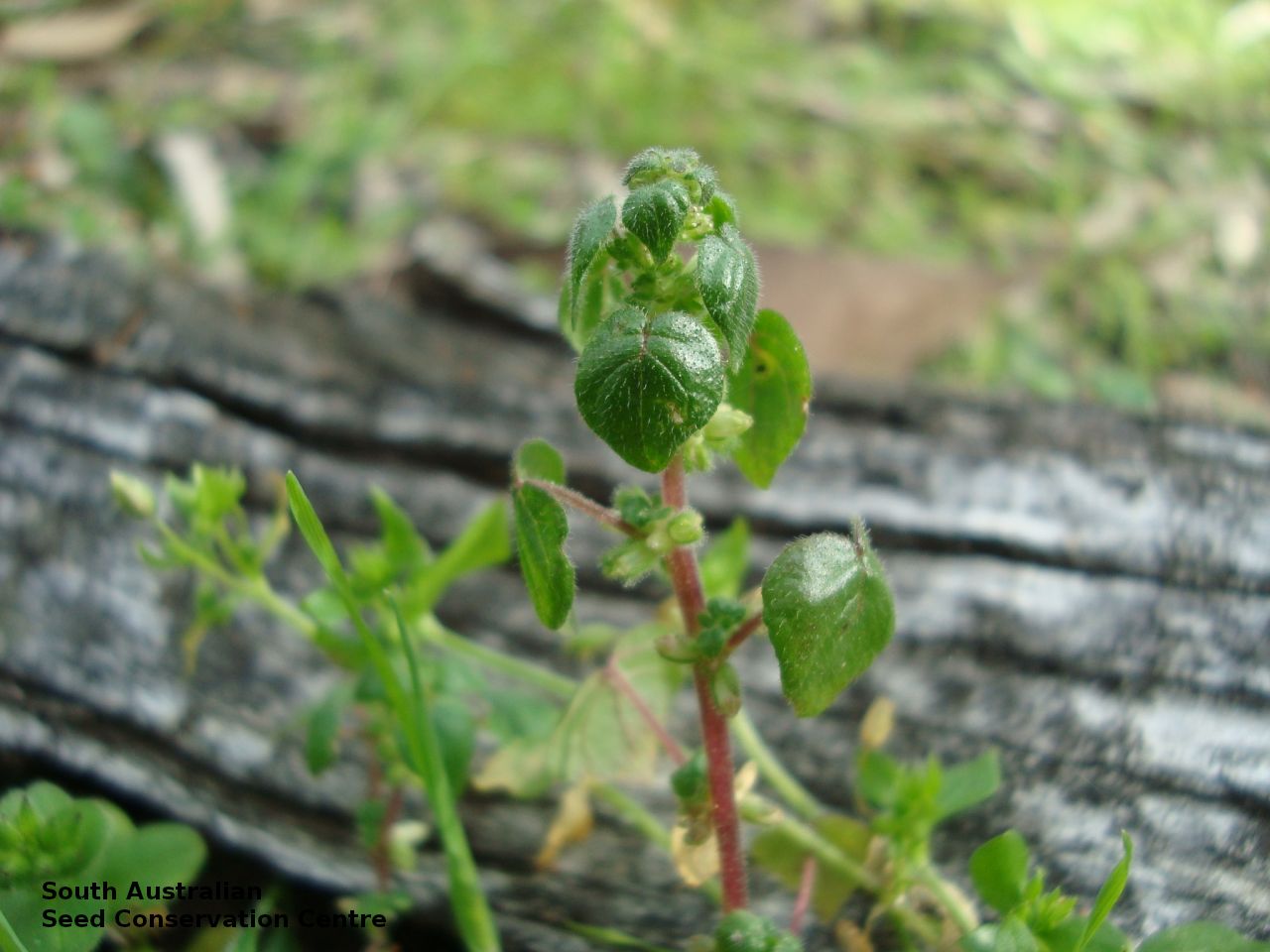
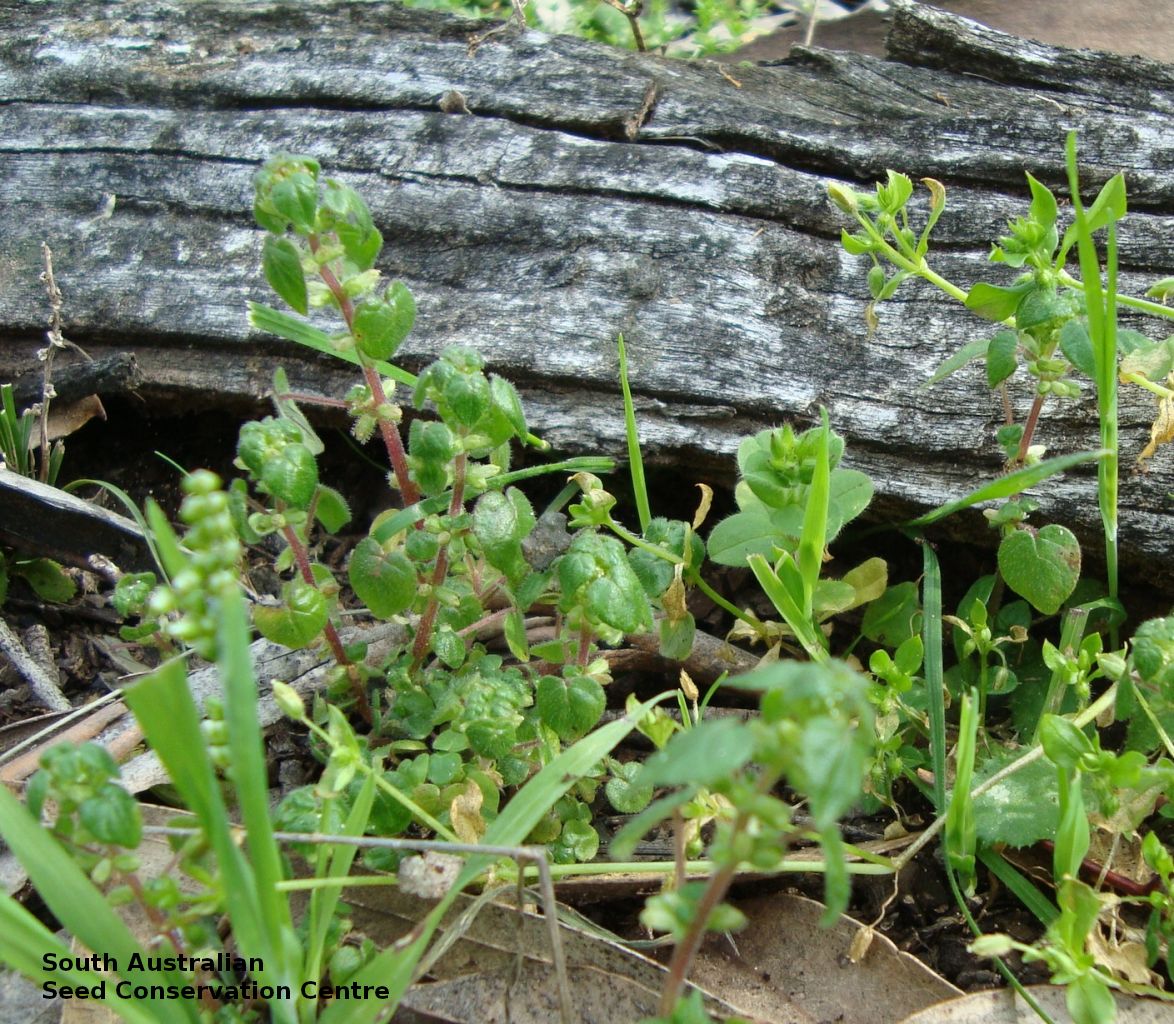
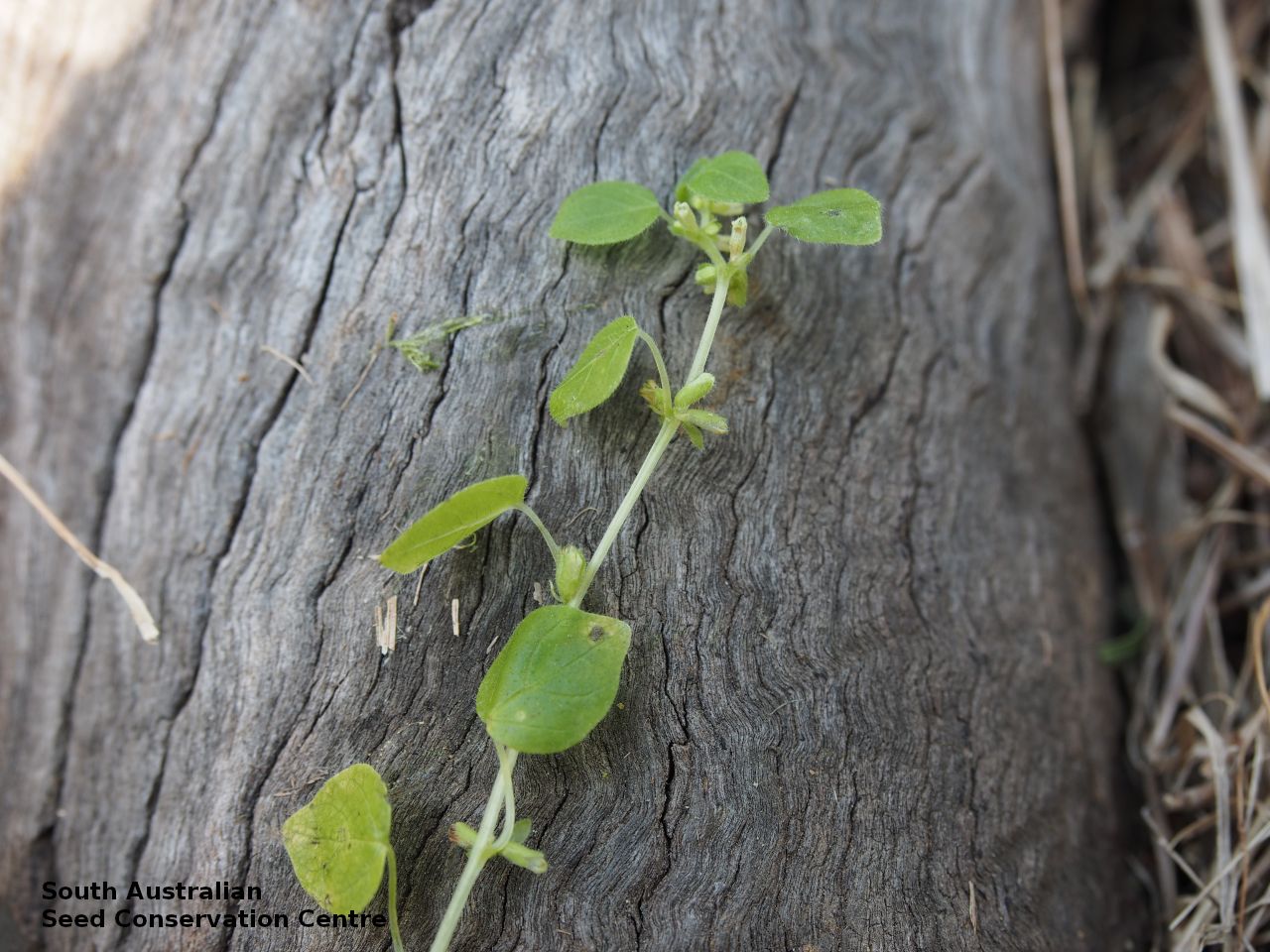
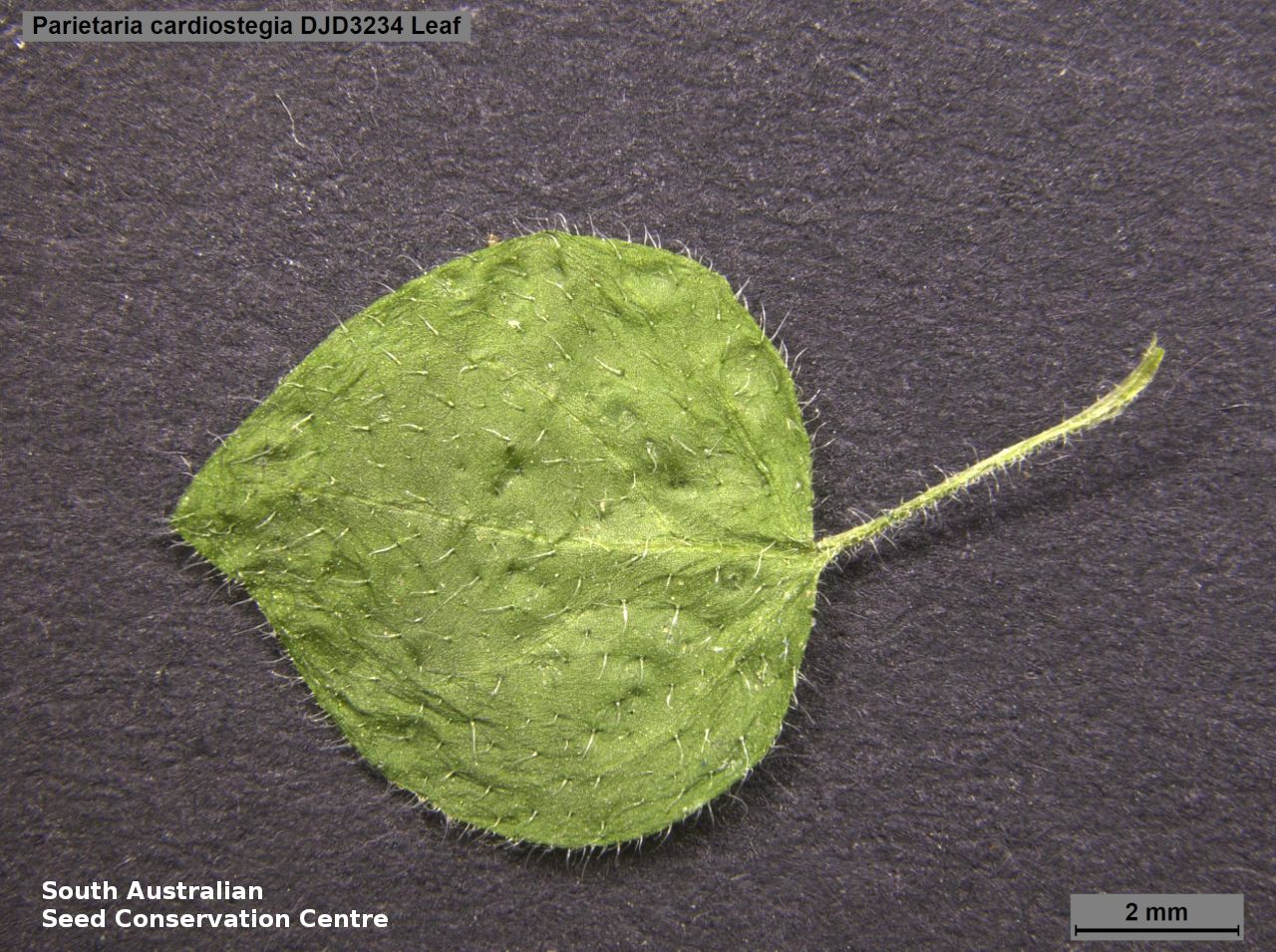
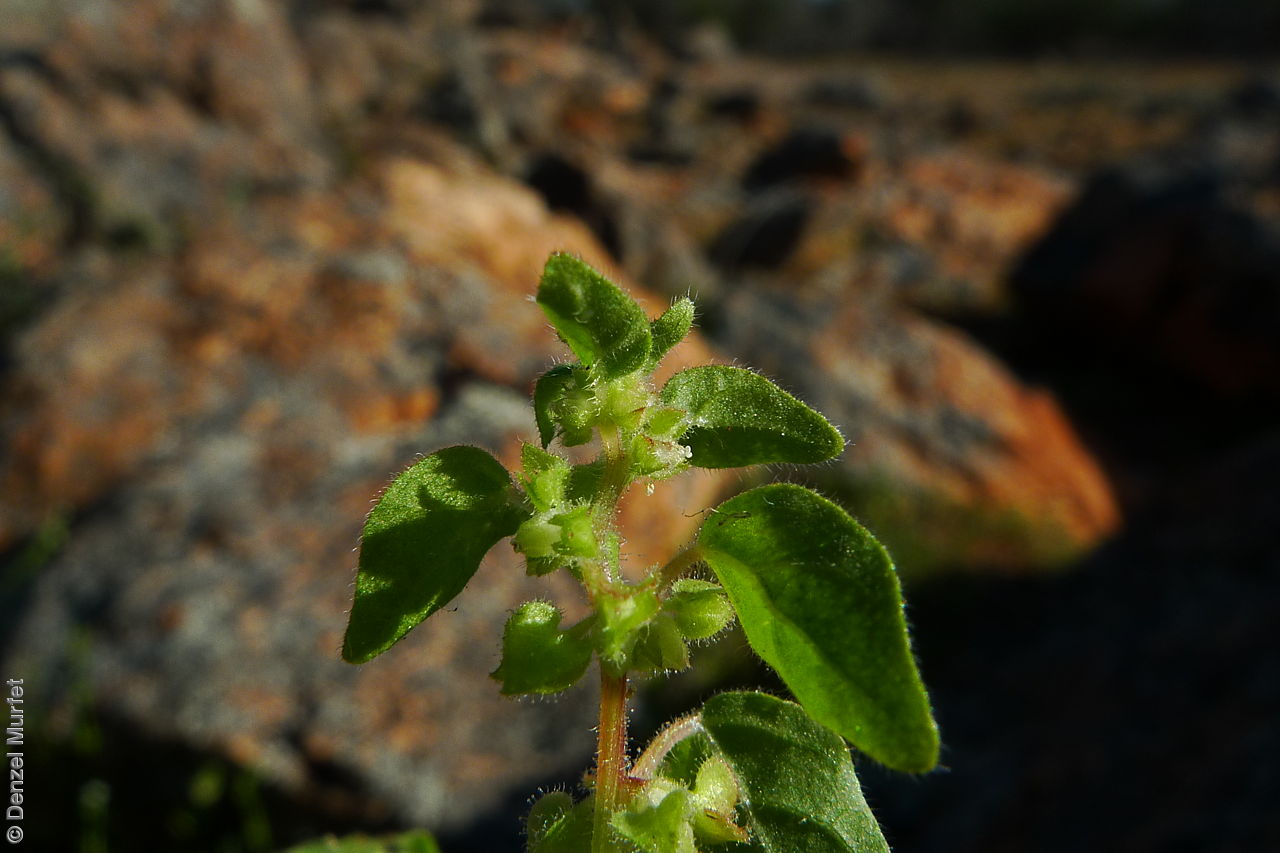
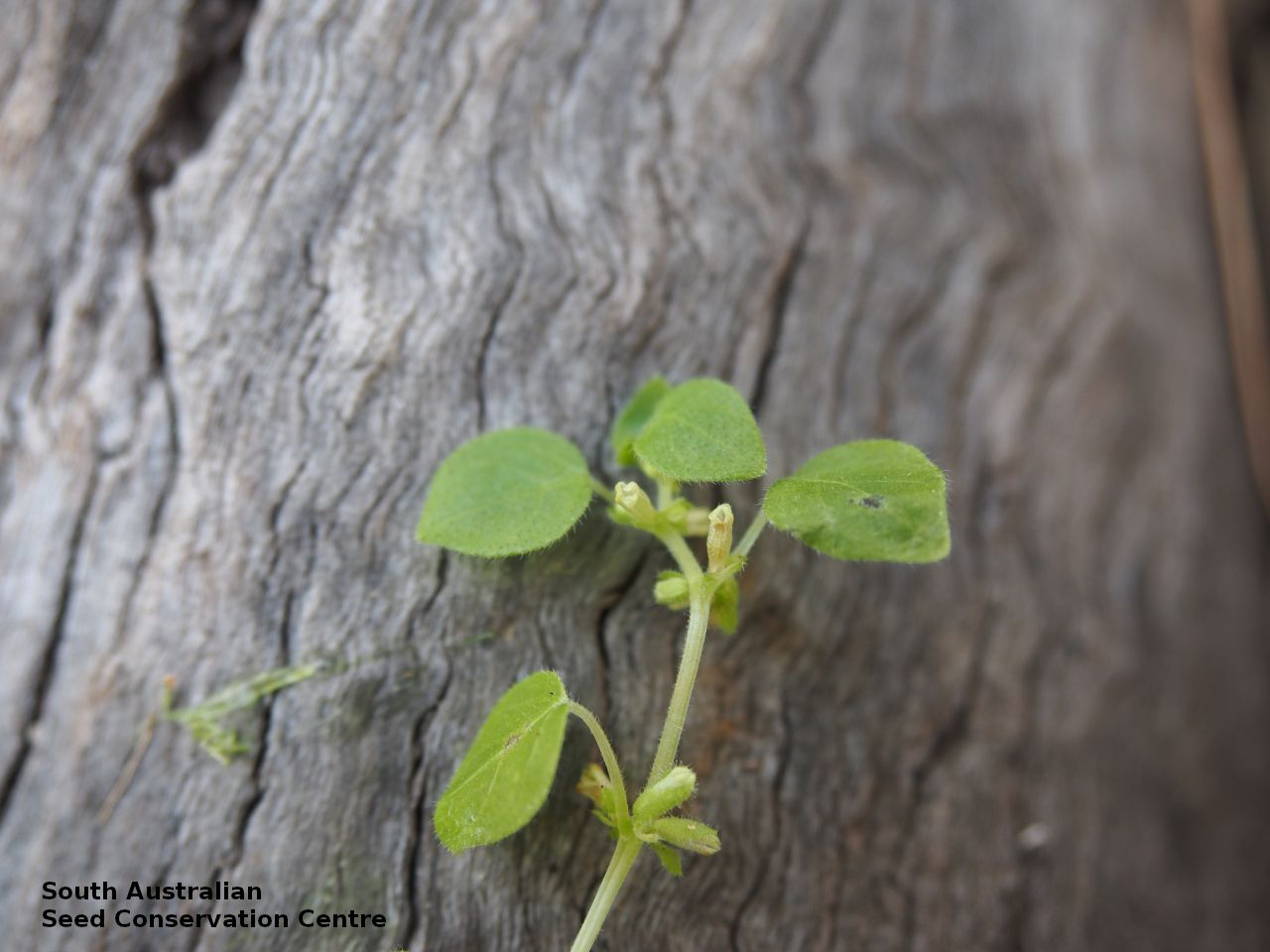
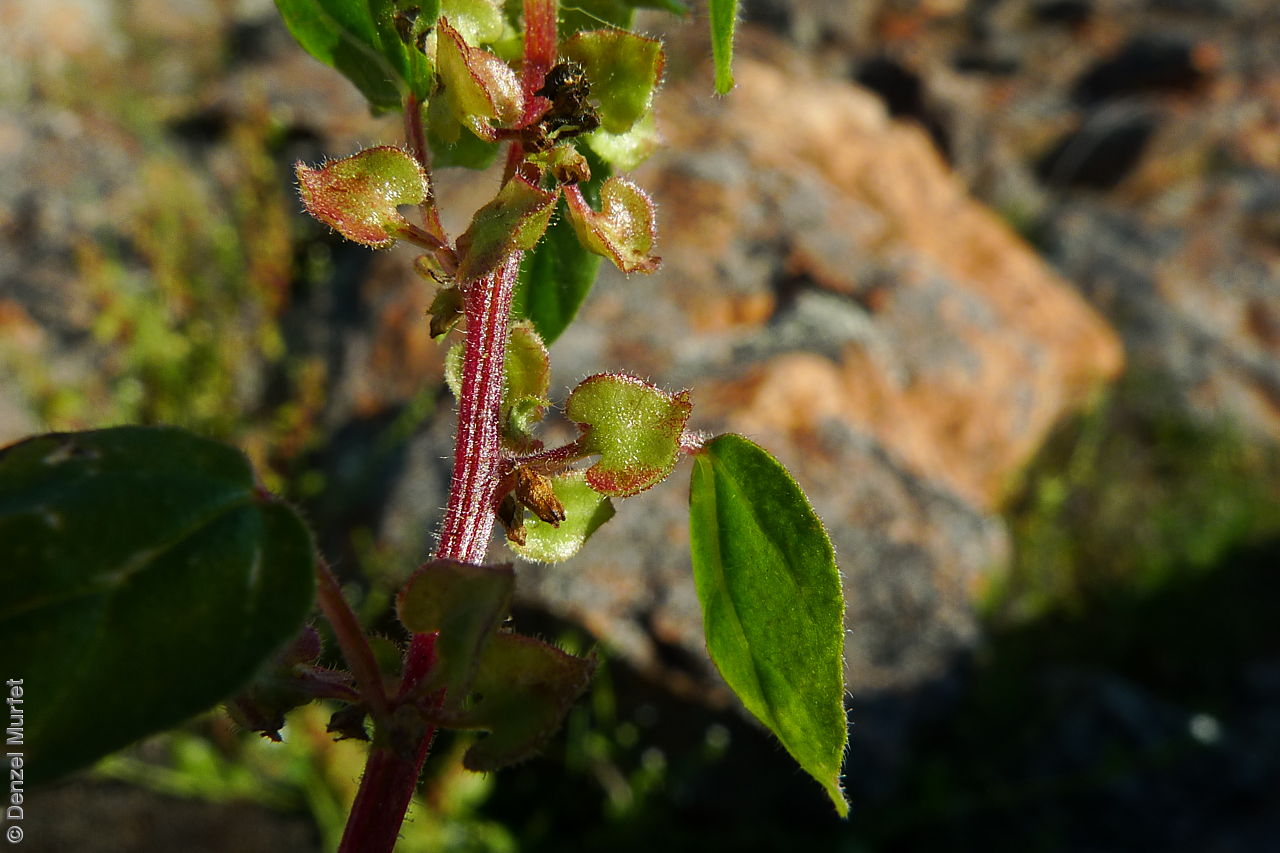
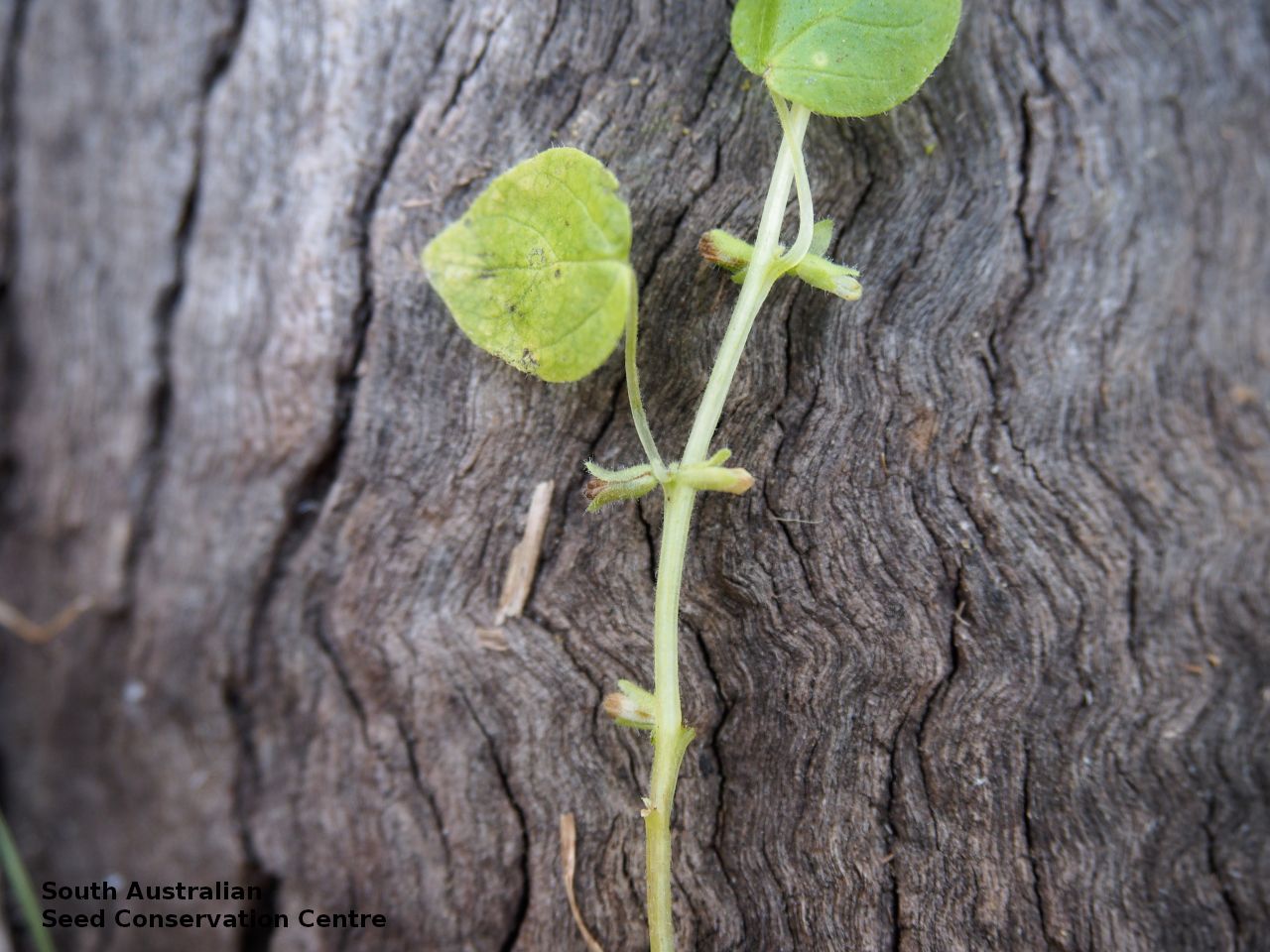

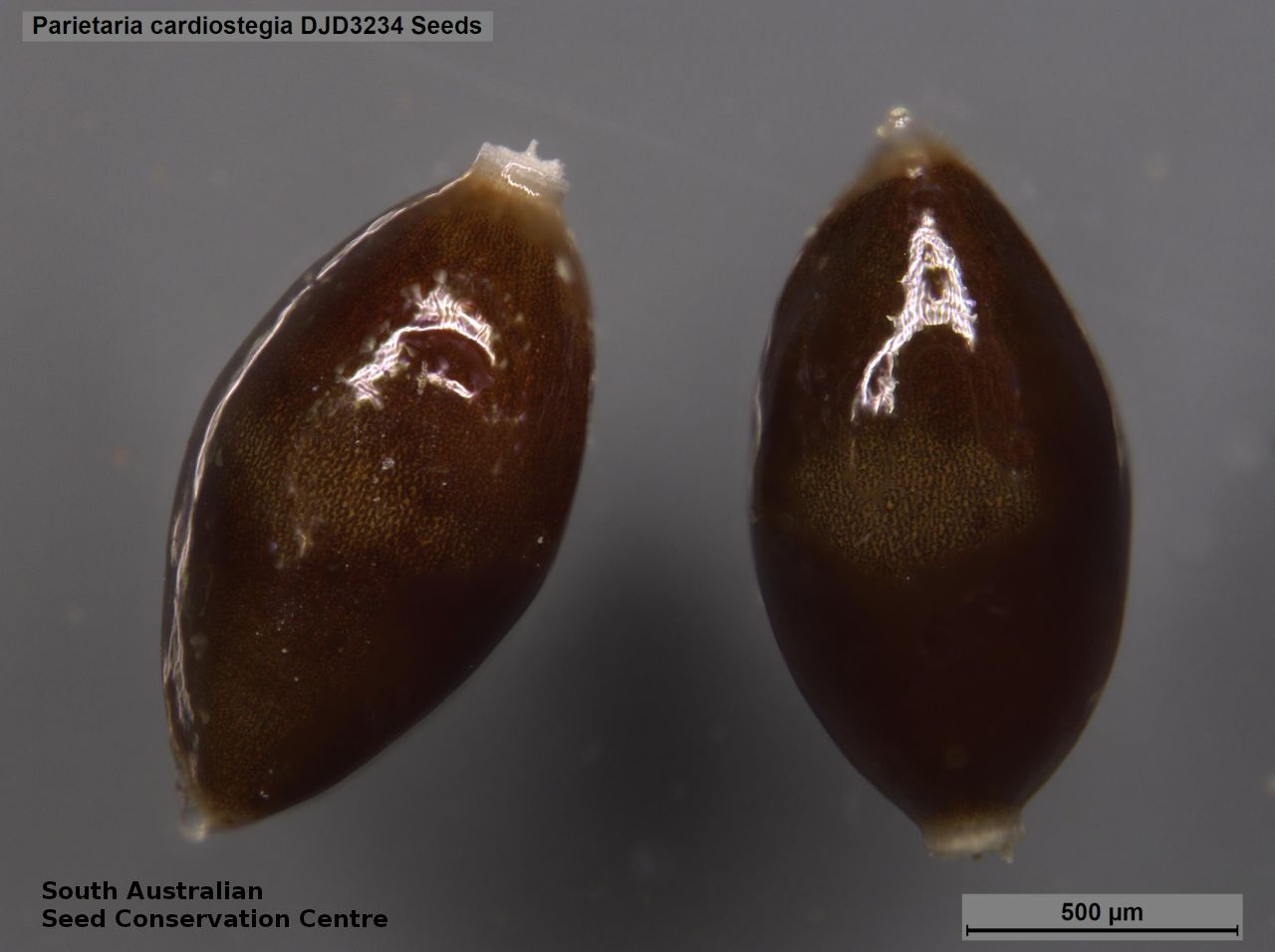
Regional Species Conservation Assessments per IBRA subregion.

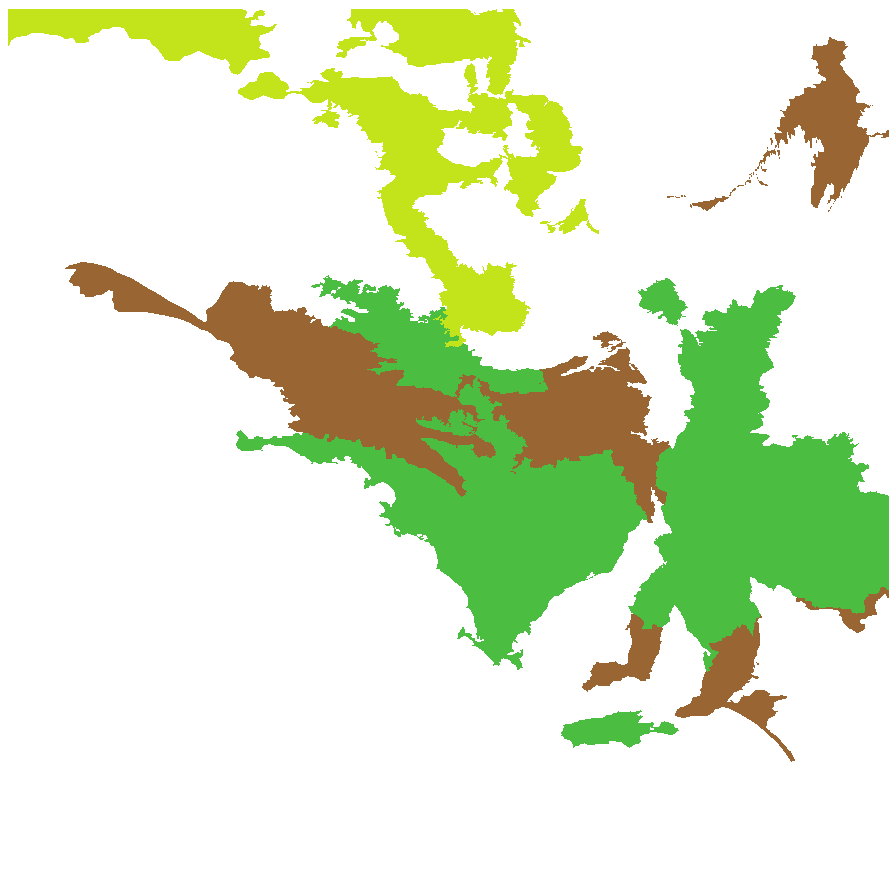
Least concern
Near threatened
Rare
Vulnerable
Endangered
Critically endangered
Extinct
Data deficient
Adelaide
Arkaroola
Ceduna
Coober Pedy
Hawker
Innamincka
Marla
Marree
Mount Gambier
Oodnadatta
Renmark
Wudinna
Keith
Yunta
Display IBRA region text
| Kangaroo Island (KAN01) | Kanmantoo | Least Concern |
| Fleurieu (KAN02) | | Rare (IUCN: RA d(ii)) [undercollected] |
| Mount Lofty Ranges (FLB01) | Flinders Lofty Block | Rare (IUCN: RA d(i,ii)) [undercollected] |
| Broughton (FLB02) | | Least Concern |
| Olary Spur (FLB03) | | Least Concern |
| Southern Flinders (FLB04) | | Least Concern |
| Northern Flinders (FLB05) | | Least Concern |
| Central Flinders (FLB06) | | Least Concern |
| Southern Yorke (EYB01) | Eyre Yorke Block | Rare (IUCN: RA d(i)) |
| St Vincent (EYB02) | | Least Concern |
| Eyre Hills (EYB03) | | Least Concern [common after fire] |
| Talia (EYB04) | | Least Concern [common after fire] |
| Eyre Mallee (EYB05) | | Least Concern [common after fire] |
| South Olary Plain (MDD01) | Murray Darling Depression | Least Concern |
| Murray Lakes and Coorong (MDD03) | | Rare (IUCN: RA d(i,ii)) |
| Braemer (MDD07) | | Least Concern |
| Murray Scroll Belt (RIV06) | Riverina | Rare (IUCN: RA d(i,ii)) |
| Myall Plains (GAW01) | Gawler | Least Concern [common after fire] |
| Gawler Volcanics (GAW02) | | Least Concern [common after fire] |
| Gawler Lakes (GAW03) | | Rare (IUCN: RA d(ii)) [common after fire] |
| Arcoona Plateau (GAW04) | | Rare (IUCN: RA d(ii)) [common after fire] |
| Kingoonya (GAW05) | | Least Concern [common after fire] |
| Yellabinna (GVD06) | Great Victoria Desert | Rare (IUCN: RA d(ii)) [common after fire] |
| Bimbowrie (BHC05) | Broken Hill Complex | Least Concern |
| Breakaways (STP01) | Stony Plains | Near Threatened |
| Oodnadatta (STP02) | | Near Threatened |
| Peake-Dennison Inlier (STP04) | | Near Threatened |
| Witjira (STP06) | | Near Threatened |
| Coongie (CHC06) | Channel Country | Rare (IUCN: RA d(ii)) [odd record] |
| Mann-Musgrave Block (CER01) | Central Ranges | Near Threatened |
| Everard Block (CER03) | | Near Threatened |
| 2 of 2 subregions | Kanmantoo | Least Concern , Rare |
| 6 of 6 subregions | Flinders Lofty Block | Least Concern , Rare |
| 5 of 5 subregions | Eyre Yorke Block | Least Concern , Rare |
| 3 of 6 subregions | Murray Darling Depression | Least Concern , Rare |
| Murray Scroll Belt (RIV06) | Riverina | Rare (IUCN: RA d(i,ii)) |
| 5 of 8 subregions | Gawler | Least Concern , Rare |
| Yellabinna (GVD06) | Great Victoria Desert | Rare (IUCN: RA d(ii)) [common after fire] |
| Bimbowrie (BHC05) | Broken Hill Complex | Least Concern |
| 4 of 7 subregions | Stony Plains | Near Threatened |
| Coongie (CHC06) | Channel Country | Rare (IUCN: RA d(ii)) [odd record] |
| 2 of 3 subregions | Central Ranges | Near Threatened |
Botanical art
Kath Alcock paintings: 2
Common names
Mallee Pellitory
Mallee Smooth-nettle
Etymology
Parietaria from the Latin 'paries' meaning a wall, referring to some species growing on old walls. The name was used by the Roman naturalist and philosopher Pliny. Cardiostegia from the Greek 'kardio' meaning a heart and 'stege' meaning shelter, referring to heart-shaped leaf-like bracts below the flower groups.
Distribution and status
Found scattered across South Australia except in the far west and South-east, growing in shaded habitats in shallow sandy soil. Also found in all States except in Queensland. Native. Common in South Australia. rare in Victoria. Uncommon in the Northern territory. Common in the other States.
Herbarium regions: North Western, Lake Eyre, Gairdner-Torrens, Flinders Ranges, Eastern, Eyre Peninsula, Northern Lofty, Murray, Yorke Peninsula, Southern Lofty, Kangaroo Island, South Eastern, Green Adelaide
AVH map: SA distribution map (external link)
Plant description
Annual herb to 60 cm high, not woody at base; stems usually erect, not rooting at the nodes; brown to red; densely covered in curved hairs and scattered glandular and flexuose hairs. Leaf blade narrowly ovate to ovate, to 3 cm long and 21 mm wide; 3-nerved, base truncate or broadly cuneate or subcordate, apex broadly acuminate or blunt. Inflorescence in clusters at the base of the leaves with small (3 mm) green flowers. Lower clusters mostly female flowers, upper clusters with mixed male, female, and bisexual flowers. Flowering between June and November. Fruits are long brown capsule in axis of leaves with one seed. Seeds are shiny dark brown to black ovoid to ellipsoid seed to 1.3 mm long and 0.7 mm wide.
Seed collection and propagation
Collect seeds between September and January. Collect capsules that are turning brown by break off stems with numerous mature capsules. Place the plant material in a tray and leave to dry for one to two weeks. Then rub the plant with a rubber bung to dislodge the seeds. Use a sieve to separate any unwanted material. Store the seeds with a desiccant such as dried silica beads or dry rice, in an air tight container in a cool and dry place.













